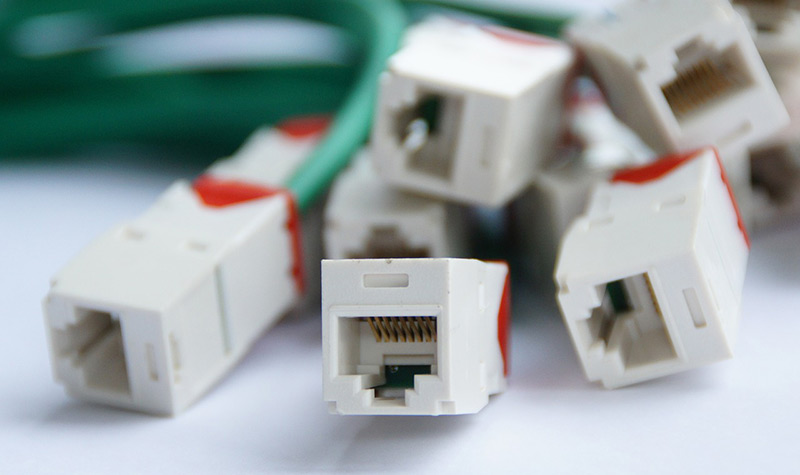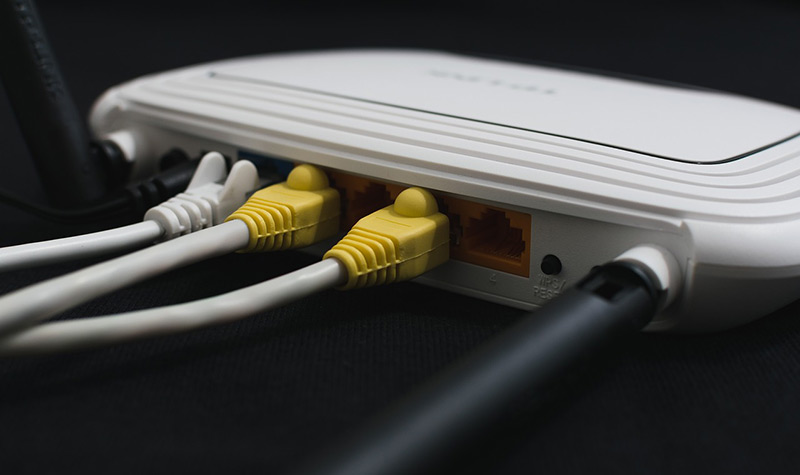
Index:
UPDATED ✅ Do you need to know the differences between VDSL and ADSL internet connections? ⭐ ENTER HERE ⭐ and discover everything about it ✅ EASY and FAST ✅
Before the Internet connection existed, through ADSL, we had to use a modem link, which every time we used the phone, we could not access to surf the web and vice versa.
This evolved considerably when ADSL technology was created, which allows us, through its different channels, to send the voice through one of them and use the rest for digital communication. As we continue advancing in the technology a new kind of network emerged, called VDSL.
Thanks to this latest advance, we can have really amazing connections. To learn a little more about each of these networks, we suggest you read the following article where we will show the differences that exist between each one, as well as recommend a real speed test.
VDSL and ADSL, what are they and how does each type of Internet connection work?
Today we need, for our jobs, studies or just for fun, to have the highest possible Internet speed, which is why the constant evolution in this kind of issues.
There are different types of networks that vary according to the connection that we can obtain to upload or download data.. Two widely used networks are ADSL and VDSL, which we will explain below.
VDSL network
VDSL technology (Very High Transfer Rate Digital Subscriber Line) is the one that allows us to access the Internet by broadband through the electromagnetic impulses that are transmitted through the twisted pair cables that the telephone line has.
It is an evolution of ADSL, since it allows the possibility of transmitting symmetrically or asymmetrically using 4 channels to transmit dataof which 2 are used for downloading and the others for uploading, thus substantially increasing Internet speed.
Symmetric speed is 26 Mbpswhile we can reach up to 52 Mbps in uploads and for downloads we can obtain 12 Mbps, thus being much higher than ADSL.
The connection speed will be determined according to the distance that exists between our router and the central that emitsbeing more efficient the closer they are.
ADSL network
ADSL is the analog mode transmission of a broadband signal through a copper cable. Its translation into Spanish would be Asymmetric Digital Subscriber Lineis so named because the upload bit rate per second is not the same as the download rate, the latter being much higher.
It uses 3 channels, where one is to transmit the voice and the other two, with a greater frequency, are used for digital information.. The maximum speed it can reach is 24 Mbps and we can go up to 2 Mbps for the ADSL2+ variation.
Thanks to this technology, it can now be used for the transmission of high-quality digital television, especially in places where there is no fiber optic coverage.
The maximum distance you have for the least possible interference is between 5.5 km and 10 km to the central.
What are the main differences between an ADSL connection and a VDSL?

The differences that exist between an ADSL Internet connection network and another VDSL are shown below:
- Speed: A connection with VDSL is much faster, since it can reach between 52 Mbps and 100 Mbps for download (the latter corresponds to VDLS2) while, for upload, we can obtain a speed of 12 Mbps. For ADSL2 + it is 24 Mbps and 2 Mbps respectively. In its first version, the Asymmetric Digital Subscriber Line It reaches between 8 Mbps and 1 Mbps.
- Channels: ADSL uses 3 channels, one for voice and the other two used for downloading data and the remaining one for uploading data. The VDSL network works with four channels, using two for uploading and 2 for downloading data, thus being much faster and with greater bandwidth.
- Symmetry: Let us remember that this concept refers to the parity that exists between upload and download, being symmetrical when the speed data are equal. There is no symmetry in Asymmetric Digital Subscriber Linewhile the same does not happen for a VDSL network, since we can get up to 26 Mbps.
ADSL vs VDSL, Which is Faster for Downloading Data and Surfing the Internet?

As we have mentioned before, we can reach for VDSL, a speed of 52 Mbps and 12 Mbps for data upload and download, respectively. Having a symmetric speed of 26 Mbps.
for those networks VDSL2 we managed to obtain a speed close to 100Mbps down and up 36 Mbps to be able to upload data.
While for an ADSL network, we can take into account the latest generation called ADSL2+we can get up to 24Mbps download. The bit rate per second will be measured at 2 Mbps.
All this will be possible as long as the state of the connection of the wiressuch as the use correct hardware regarding its update and no obsolescenceI know find in perfect condition. In addition, the distance that exists with the central must also be taken into account.
In order to know exactly what the speed of our Internet connection is, we will have to perform a effective speed test.
networks